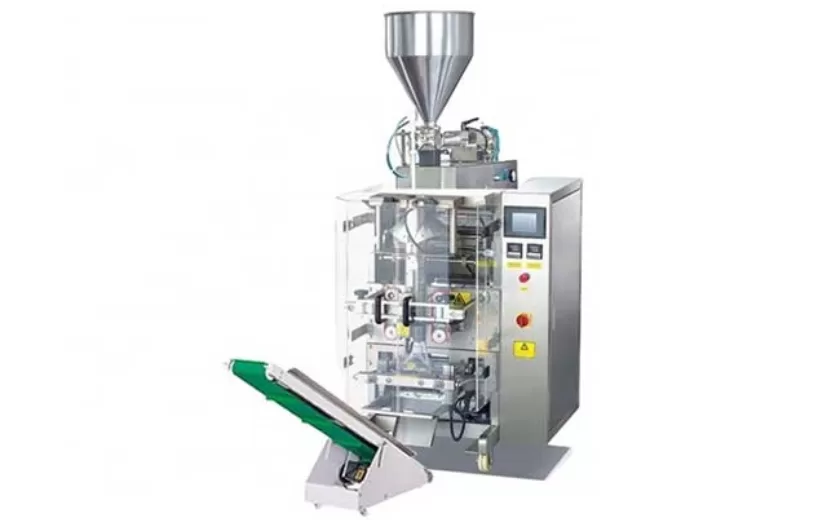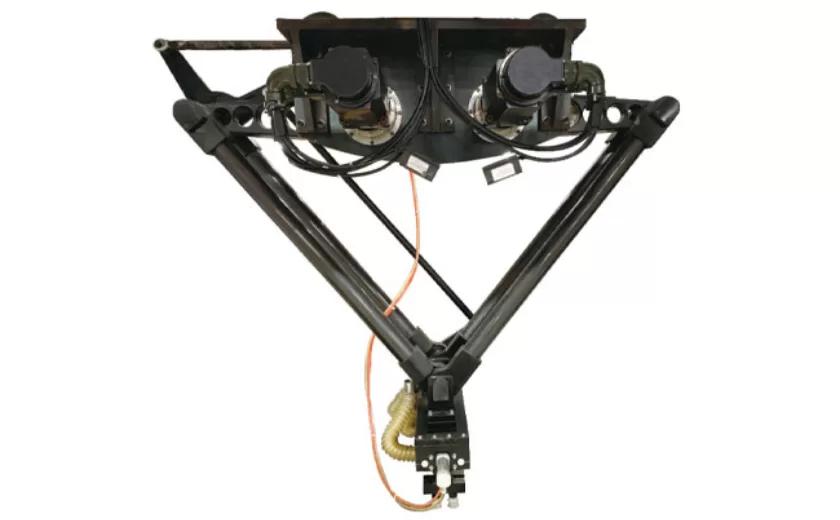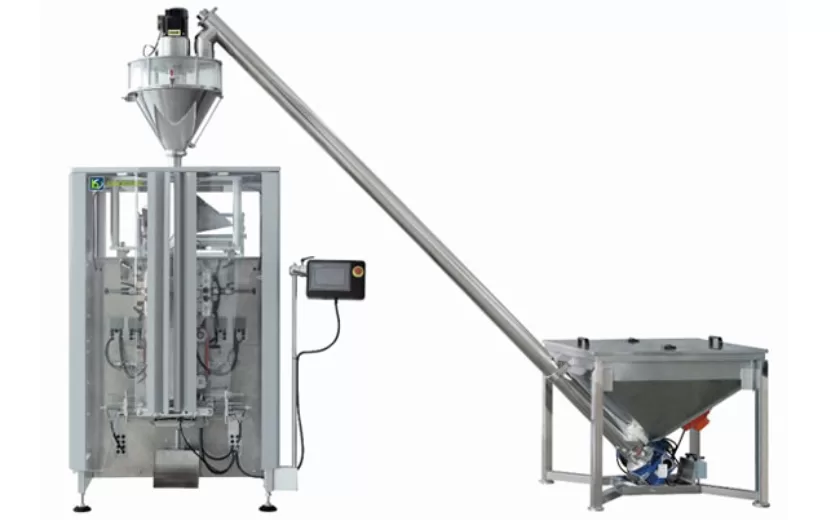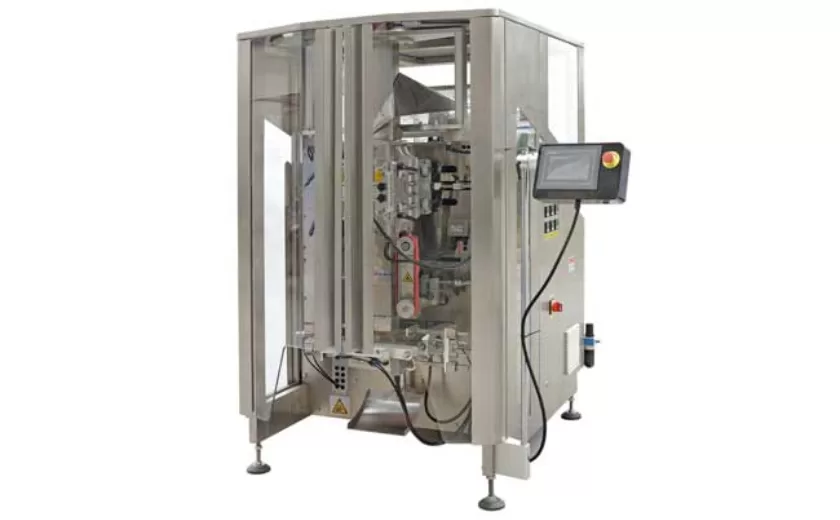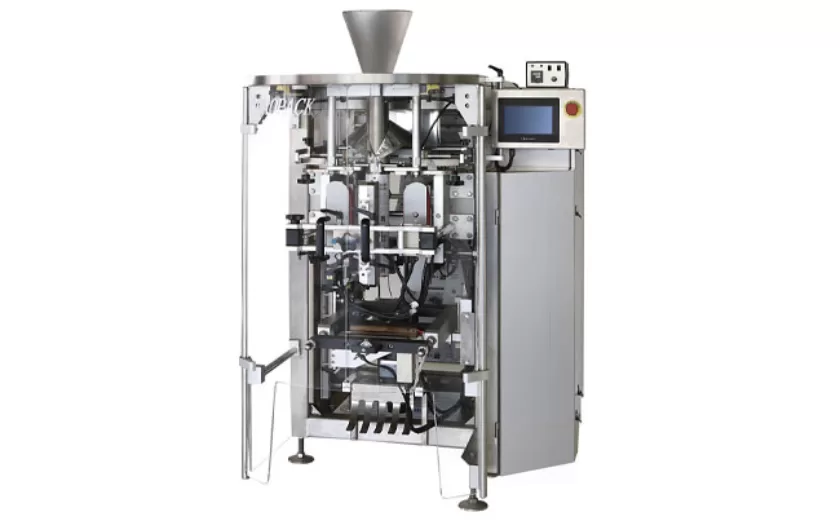The Importance of Calibration in Net Weight Filling Machines
In the relentless pursuit of precision and accuracy, calibration stands as a sentinel, ensuring that net weight filling machines operate with unwavering fidelity. Like a meticulous conductor orchestrating a symphony of movements, calibration synchronizes the machine’s components, allowing it to dispense predetermined quantities with flawless consistency.
Calibration is the systematic process of verifying and adjusting the accuracy of a machine’s measurement system. In the context of net weight filling machines, this involves ensuring that the machine’s weigh cells, sensors, and control systems are aligned in perfect harmony.
The importance of calibration cannot be overstated. Inaccurate measurements can lead to product underfill or overfill, resulting in financial losses, product recalls, and diminished customer satisfaction. Moreover, precise filling is essential for meeting regulatory compliance and maintaining a consistent brand image.
The process of calibrating a net weight filling machine typically involves:
1. Zeroing the weigh system: Setting the machine’s tare weight to zero to ensure accurate starting measurements.
2. Verifying the weigh cell’s accuracy: Using calibrated weights to check the weigh cell’s sensitivity and linearity.
3. Adjusting the fill volume: Fine-tuning the machine’s settings to deliver the desired fill volume within acceptable tolerances.
4. Performing regular checks: Ensuring the machine’s calibration remains within specifications through routine inspections and maintenance.
Regular calibration is crucial for maintaining the machine’s optimal performance. Environmental factors, such as temperature fluctuations or mechanical wear and tear, can gradually affect the machine’s accuracy. Calibration helps to mitigate these effects, ensuring that the machine continues to dispense precise weights over an extended period.
Calibration is the cornerstone of accurate and consistent performance for net weight filling machines. By meticulously verifying and adjusting the machine’s measurement system, manufacturers can ensure that their products meet the highest standards of quality and reliability. Neglecting calibration can have severe consequences, including financial losses, product recalls, and diminished customer trust. Therefore, investing in regular, thorough calibration is an essential step towards maximizing the efficiency, precision, and overall effectiveness of net weight filling machines.
-
Advanced Packing Solutions: Snacks, Sugar, and Frozen Food Machines
29-10-2025 -
Efficient and Reliable Solutions for Salt, Nuts, and Frozen Dumplings Packing
29-10-2025 -
High-Performance Biscuits, Lollipop, and Ketchup Packing Machines for Modern Food Production
29-10-2025 -
Efficient Liquid Filling and Packing Machines for Modern Production
23-10-2025 -
Reliable Granule Packaging Machines for Efficient Production
23-10-2025 -
Efficient Auger Powder Filling Machines for Accurate Packaging
23-10-2025 -
High-Performance Liquid Filling and Packing Machines for Hygienic Production
10-10-2025 -
High-Efficiency Granule Packaging Machines for Precision and Speed
10-10-2025 -
High-Precision Auger Type Powder Filling Machines for Efficient Packaging
10-10-2025 -
Efficient Vertical Form Fill Seal Packaging Machines for Smart Production
10-10-2025





